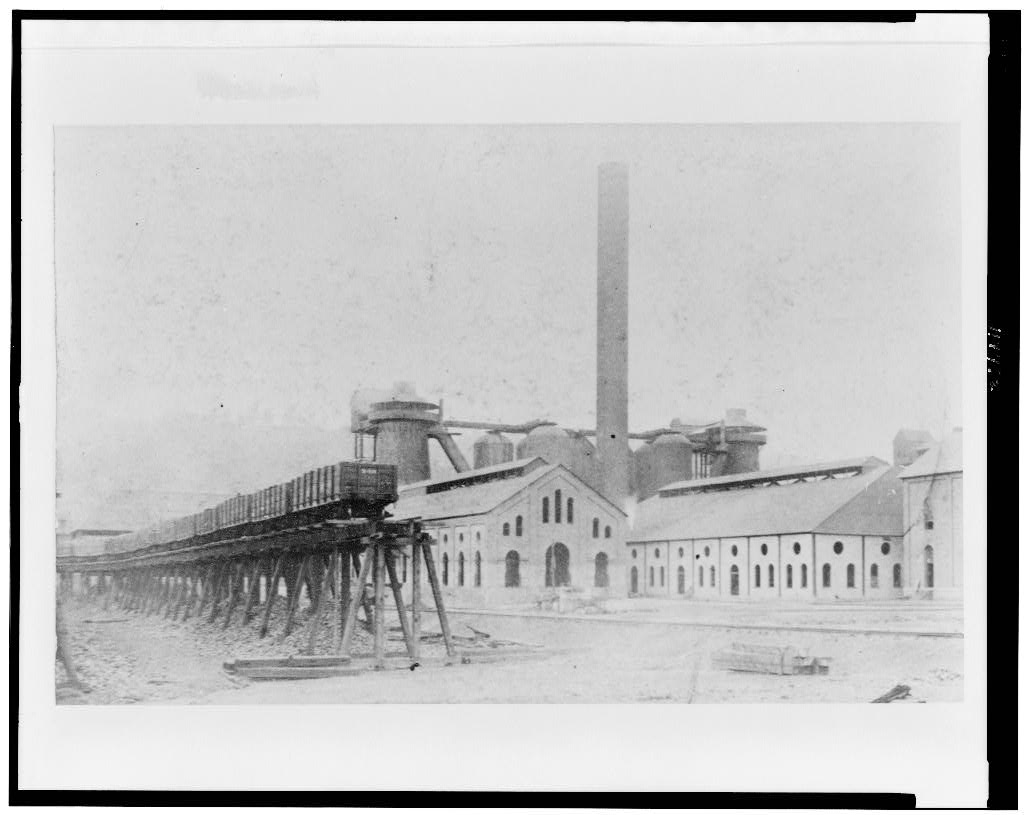1879 - Reduced working hours at Edgar Thomson.

In contrast to his philanthropic reputation in the community, work in one of Andrew Carnegie’s steel mills was known for being dangerous and grueling, with long work days and hazardous conditions. Workers in the steel mill were often required to breathe toxic fumes, handle heavy metal, and operate heavy machinery, all without any safety equipment in place. It was because of these dangerous conditions that the general manager of the Edgar Thomson Mill, Captain William R. Jones, convinced Carnegie to switch from a 12 hour workday to an 8 hour workday. Jones argued that switching to a shorter workday would be advantageous for Carnegie because it would improve workers morale and make the plant more productive.
In the first few decades of steel production, Carnegie was friendly towards union requests, and the Amalgamated Association of Steel Workers viewed him as a friend to labor. It was because of this that he agreed to Jones’ request, and the 12 hour workday was abolished. The 8 hour workday remained in place until 1888, when Carnegie reverted back to a 12 hour workday in an effort to reduce costs and increase efficiency.